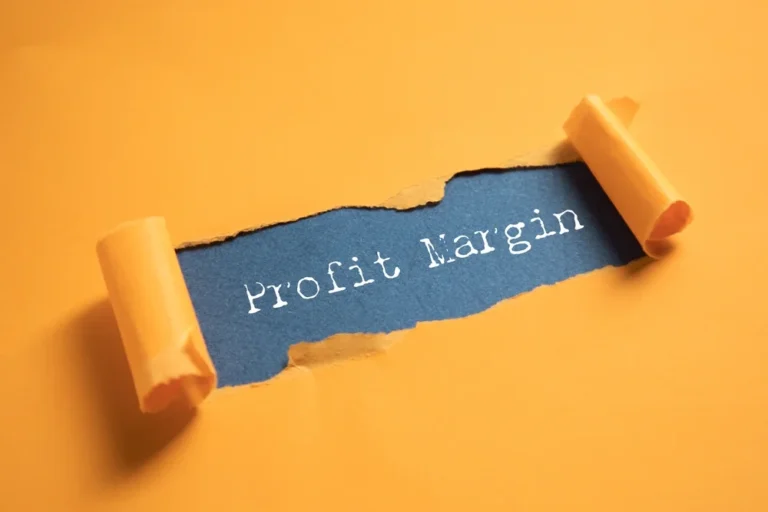Selling products on Amazon is a popular method for entrepreneurs to tap the online market. The first step in the journey is to decide what you want to sell. To ensure success on the Amazon marketplace, you need to do thorough research and analysis before choosing the product. This guide will walk you step-by-step through the process of identifying the best product to sell on Amazon.
Market research: Thorough market research is the foundation for a successful Amazon venture. Begin by identifying your passions, interests, and expertise. This will keep you interested and make it easier for you to understand the nuances in your chosen niche.
1. Identify Your Interests and Passions: Start by considering your own interests, hobbies, and areas of expertise. Selling a product you’re passionate about can make the process more enjoyable and help you connect with your target audience.
2. Choose a Broad Category: Select a broad category or niche based on your interests. This will serve as the starting point for your research. For example, if you’re interested in fitness, your broad category could be “fitness equipment.”
3. Use Amazon’s Best Sellers and New Releases: Navigate to Amazon’s “Best Sellers” and “New Releases” sections within your chosen category. This will give you an idea of which products are currently popular and trending. Analyze the top-selling products to identify patterns and potential gaps in the market.
4. Analyze Customer Reviews: Read customer reviews for top-selling products in your chosen category. This can provide insights into what customers like and dislike about existing products. Look for common complaints or suggestions for improvement.
5. Utilize Amazon’s Product Research Tools: Tools like Jungle Scout, Helium 10, and AMZScout offer features that allow you to analyze market trends, estimate sales volume, and assess competition. They provide data on factors like product pricing, sales rank, and reviews.
6. Study Competitor Listings: Examine the product listings of your competitors. Pay attention to their product titles, bullet points, descriptions, and images. Look for opportunities to differentiate your product or offer unique value.
7. Google Trends: Use Google Trends to see if the demand for your chosen niche is growing or declining over time. This tool can also show you geographical areas where interest in your niche is the highest.
8. Social Media and Forums: Explore social media platforms, forums, and online communities related to your chosen niche. Look for discussions, questions, and trends that can provide insights into customer preferences, pain points, and emerging trends.

Keyword research: Keywords are the foundation of Amazon SEO. Use tools such as the Google Keyword Planner or Ahrefs to find relevant keywords for your niche. You can also use Amazon’s search bar. Keywords with low competition and high volume are the best way to get more visibility.

Study Your Potential Competitors: What are their products? What makes their listings stand out? How are their ratings and reviews? You can use this information to identify market gaps that you could exploit.
Keep up with Industry Trends: Staying updated on industry trends is vital. Tools like Google Trends and Amazon Best Sellers can help you identify products that are currently in demand. Capitalising on trends can give your sales a significant boost.

Validate demand: After you have narrowed your product ideas down, you should validate their demand. Estimate the monthly sales volume using tools such as Jungle Scout or Helium 10. Make sure that your product is in demand.
Calculate Profit Margin: While sales volume is important, profitability is the most crucial factor. Calculate potential profit margins based on product costs, Amazon referral fees and shipping fees. A product might have high sales but low profitability due to high costs.

Think about Fulfillment Options: Decide whether you’ll use Fulfillment by Amazon (FBA) or handle shipping yourself (Fulfillment by Merchant – FBM). FBA is convenient, but there are fees. FBM allows you to have more control, but requires good logistics.

Select a niche: Narrow your options down to a particular niche. You can target a particular audience by focusing on a niche and then tailor your marketing strategy accordingly. Because niche products are less competitive, it is easier to stand out.
Source Suppliers: Find potential suppliers both locally and internationally. You can find wholesalers or manufacturers using websites like Thomasnet, Global Sources, Alibaba and Thomasnet. You can request samples, compare prices and evaluate the quality of products.
Branding and Product Quality: The quality of your product reflects the brand. Invest in a product of high quality that exceeds or meets customer expectations. Consider using private labelling in order to create your own brand.
Legal Matters and Compliance: Make sure your product meets all applicable regulations and standards. Safety, labelling and other legal requirements are included.
Conclusion Finding a product to sell on Amazon takes a combination of passion, research and strategic thinking. Following the steps in this guide will help you identify a profitable niche and source quality products. You’ll also be able to create an Amazon listing that is compelling. Success on Amazon requires time and effort. So, stay dedicated to improving your products as well as adapting to an ever-changing marketplace. Your Amazon business can thrive with the right approach.

